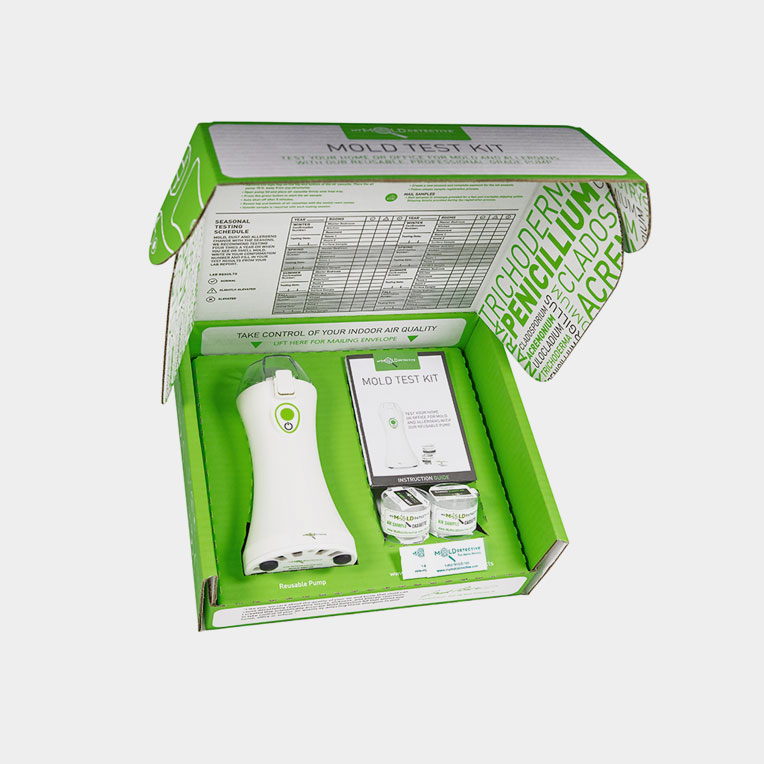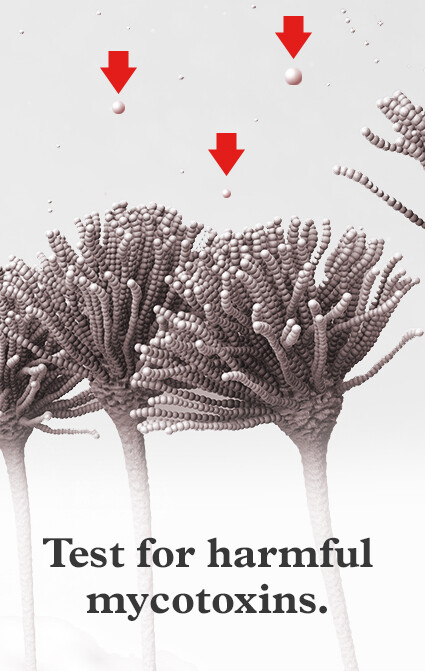Picking the Right Mycotoxin testing Services for Your Organization
Picking the Right Mycotoxin testing Services for Your Organization
Blog Article
Just How Mycotoxin Screening Helps Prevent Contamination and Protect Food Materials

Mycotoxin testing is an indispensable method in the food sector, serving as a frontline defense against contamination by unsafe toxins created by mold and mildews. Through the application of advanced methods like High-Performance Fluid Chromatography (HPLC) and Fluid Chromatography-Mass Spectrometry (LC-MS), food producers can accurately find and evaluate mycotoxin levels in agricultural items.
Understanding Mycotoxins
Recognizing mycotoxins starts with identifying that they are poisonous second metabolites generated by particular mold and mildews, which can pollute farming products. These metabolites are not vital for the growth or reproduction of the fungi yet can have extreme implications for animal and human wellness. Mycotoxins are frequently discovered in staple crops such as corn, wheat, barley, and nuts, where they can proliferate under specific problems of wetness and temperature.
There are several types of mycotoxins, each produced by various fungal types. Aflatoxins, produced by Aspergillus species, are amongst one of the most notorious, known for their carcinogenic residential properties. Another considerable group includes ochratoxins, created by Aspergillus and Penicillium varieties, which have nephrotoxic impacts. Fusarium types create trichothecenes and fumonisins, both of which are connected with numerous severe and chronic wellness problems.

Dangers of Mycotoxin Contamination
The dangers of mycotoxin contamination are complex, presenting considerable risks to both food safety and public wellness. Mycotoxins, hazardous compounds produced by particular types of fungi, can infect a vast array of agricultural items consisting of cereals, nuts, seasonings, dried out fruits, and coffee. Once these contaminants infiltrate the food supply, they can lead to significant health issues such as liver damages, kidney failure, and also cancer. Vulnerable populaces, including kids, the elderly, and immunocompromised people, are specifically at danger.
Financial impacts are one more significant issue. Contaminated plants can cause considerable monetary losses for farmers and food manufacturers due to minimized returns and the need for expensive purification measures. Moreover, worldwide profession can be substantially prevented as countries impose rigorous mycotoxin regulations to safeguard their populaces, bring about rejected shipments and stretched profession relations.
Ecological variables such as climate change intensify the danger of mycotoxin contamination. Variations in temperature and humidity can produce positive problems for fungal development, raising the likelihood of contamination events. Thus, understanding and mitigating these risks are essential for making sure the security and stability of worldwide food materials.
Techniques of Mycotoxin Testing
Accurately identifying mycotoxin contamination in farming items is crucial for guarding public wellness and preserving food security standards. Various approaches are employed to spot and quantify mycotoxins, each offering specific benefits and restrictions.
High-Performance Liquid Chromatography (HPLC) is a widely made use of technique because of its high sensitivity and accuracy. It involves dividing mycotoxins from various other compounds in a sample, making it possible for precise quantification. Similarly, Fluid Chromatography-Mass Spectrometry (LC-MS) integrates fluid chromatography with mass spectrometry to give thorough molecular details, making it specifically beneficial for determining multiple mycotoxins simultaneously - Mycotoxin testing Services.

Gas Chromatography-Mass Spectrometry (GC-MS) and Thin-Layer Chromatography (TLC) are also employed, each with unique applications. GC-MS is effective for unpredictable mycotoxins, while tender loving care supplies an easier, economical option for preliminary testing.
Advantages of Routine Evaluating
Regular screening for mycotoxins in farming products provides numerous benefits, significantly adding to public health and wellness and food safety. By identifying contamination early, normal testing helps protect against the circulation of harmful foods, thereby lowering the threat of mycotoxin-related health problems among customers. This positive approach not just safeguards human health and wellness yet likewise enhances the total high quality of food materials.
Consistent screening also sustains regulative conformity. Different visit homepage nations and regions have actually established this contact form rigorous limitations for mycotoxin levels in food and feed. Adhering to these limits with regular screening guarantees that distributors and producers fulfill legal criteria, thus avoiding penalties and profession barriers. Furthermore, maintaining conformity cultivates consumer depend on and brand name reputation, which are important for market success.
In addition, regular mycotoxin testing can result in considerable economic benefits. Early detection of contamination permits timely intervention, minimizing possible losses from prevalent contamination. Applying regular screening protocols can likewise lessen recall prices and relevant responsibilities, which can be monetarily ruining.
In addition, normal screening gives beneficial information that can notify much better agricultural techniques and storage conditions. By understanding patterns of contamination, producers can adopt safety nets, therefore lowering future threats and adding to the sustainability of the food supply chain.
Carrying Out Checking Procedures
Implementing effective mycotoxin screening procedures is important for making sure the security and quality of farming items. Establishing a robust testing framework entails several essential actions, beginning with the identification of possible contamination factors within the production and supply chain. This consists of pre-harvest, post-harvest, storage space, and distribution phases. Each stage should be inspected to pinpoint where mycotoxin contamination is more than likely to happen.
Once important control points are determined, selecting proper testing techniques is important. Usual methods consist of enzyme-linked immunosorbent assay (ELISA), high-performance liquid chromatography (HPLC), and mass spectrometry (MS) Each approach has its strengths and weak points; therefore, choosing the right one relies on the particular mycotoxin being examined, the required level of sensitivity, and available resources.

Finally, incorporating the testing procedures right into a thorough food security monitoring system is a good idea. This enhances traceability and allows swift restorative actions when contamination is found, thus guarding the integrity of the food supply chain.
Verdict
Mycotoxin testing is essential in protecting against contamination and safeguarding food materials by making it possible for early discovery of harmful toxic substances generated by molds in agricultural items. Advanced methods such as HPLC and LC-MS guarantee conformity with safety policies and shield consumers from wellness threats. Routine testing boosts brand online Website reputation, economic security, and count on food safety and security by decreasing contamination-related losses and maintaining high standards in food production. Implementing extensive screening methods is hence vital for the sector's total well-being.
Mycotoxin screening is an indispensable method in the food market, serving as a frontline defense versus contamination by unsafe contaminants generated by mold and mildews. An integrated method involving agricultural techniques, storage space administration, and regular testing can alleviate the threats connected with mycotoxin contamination, guaranteeing food safety and public health.
The threats of mycotoxin contamination are diverse, positioning significant threats to both food safety and security and public health and wellness.Regular screening for mycotoxins in farming products uses many benefits, considerably adding to public health and wellness and food safety.Mycotoxin screening is necessary in avoiding contamination and safeguarding food products by allowing very early detection of harmful contaminants created by molds in agricultural items.
Report this page